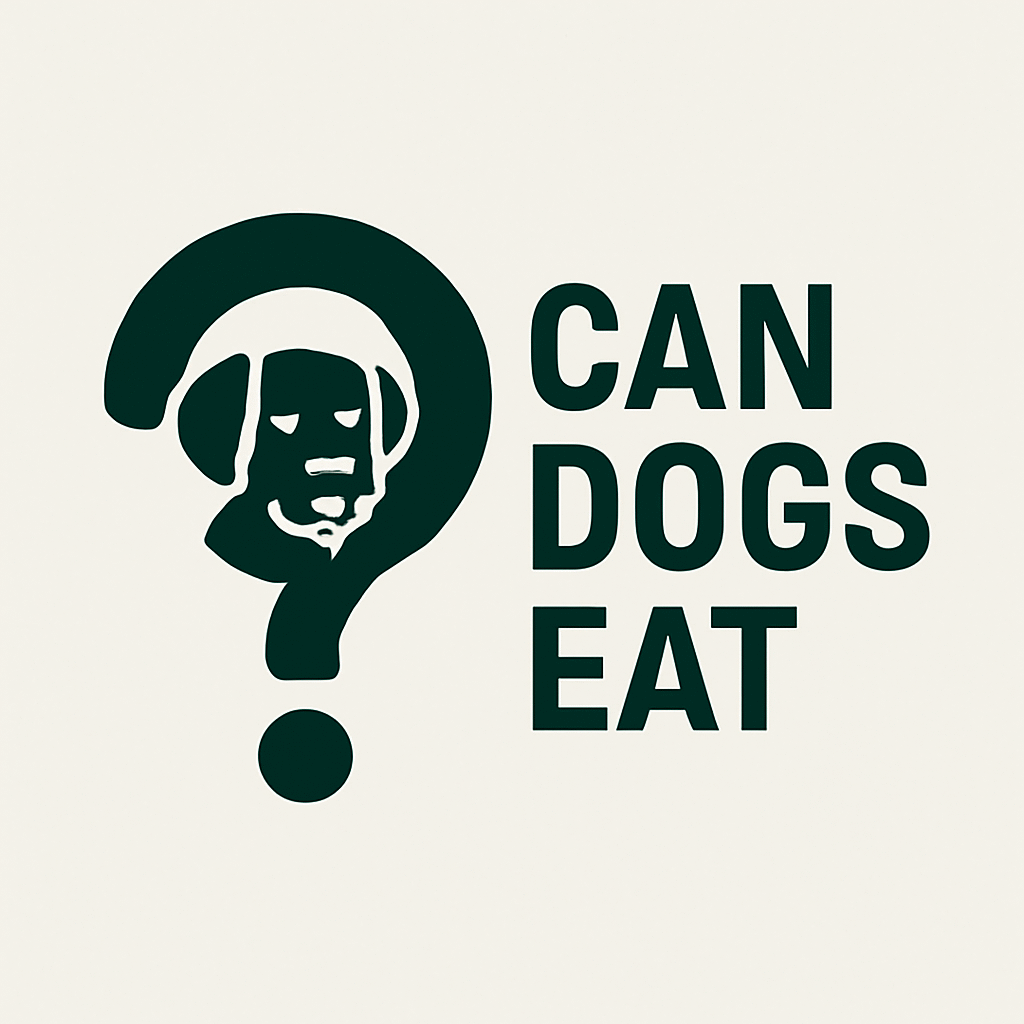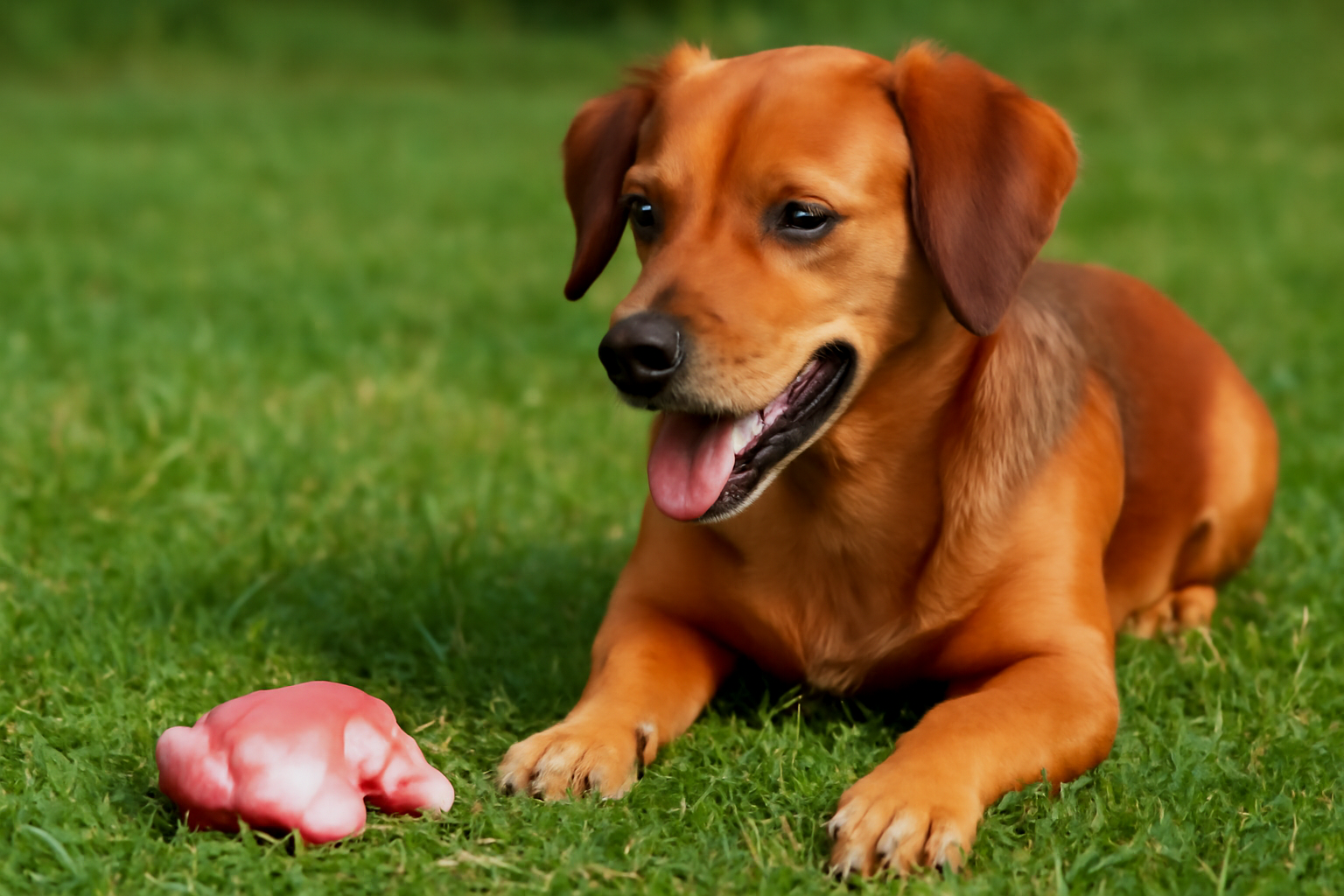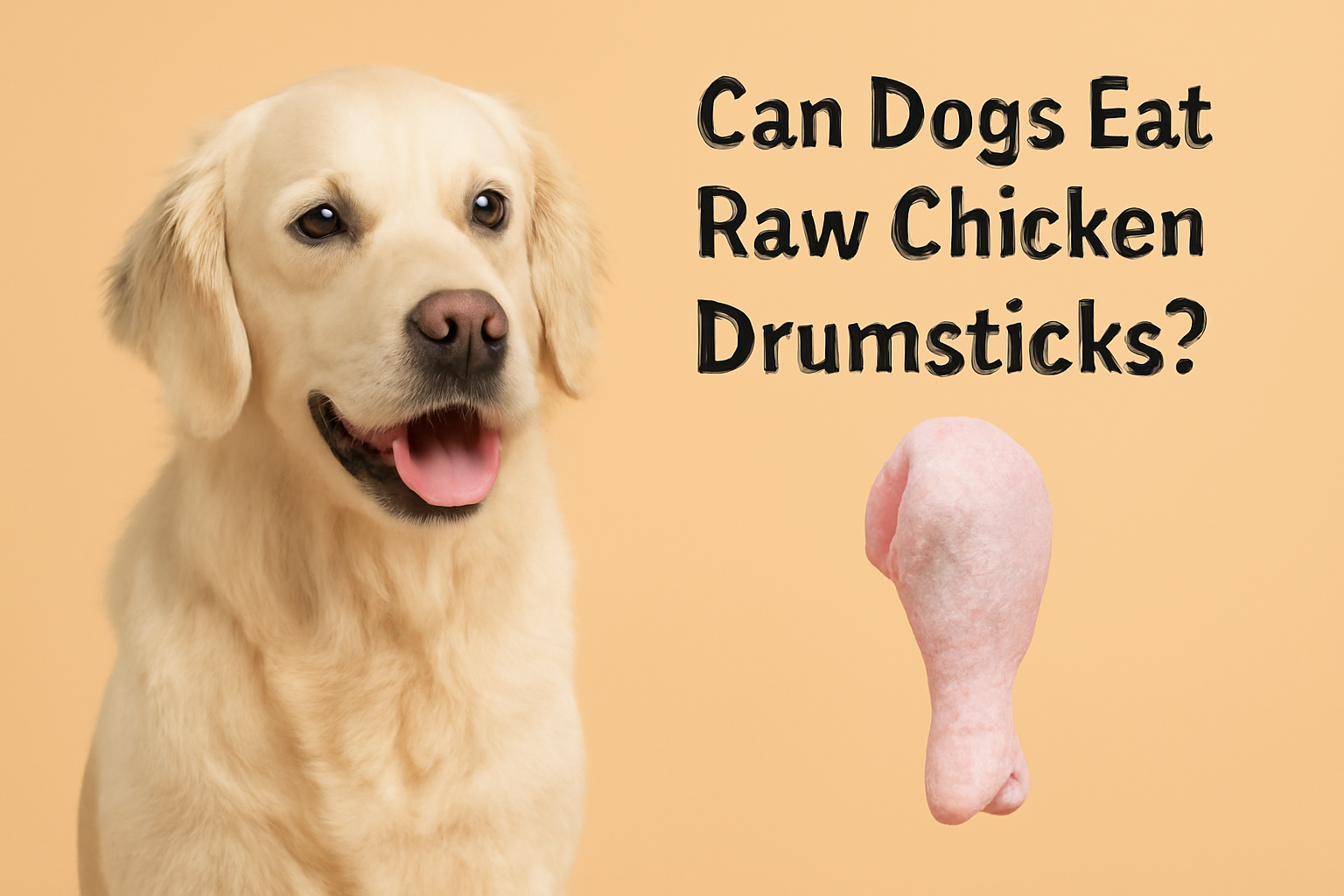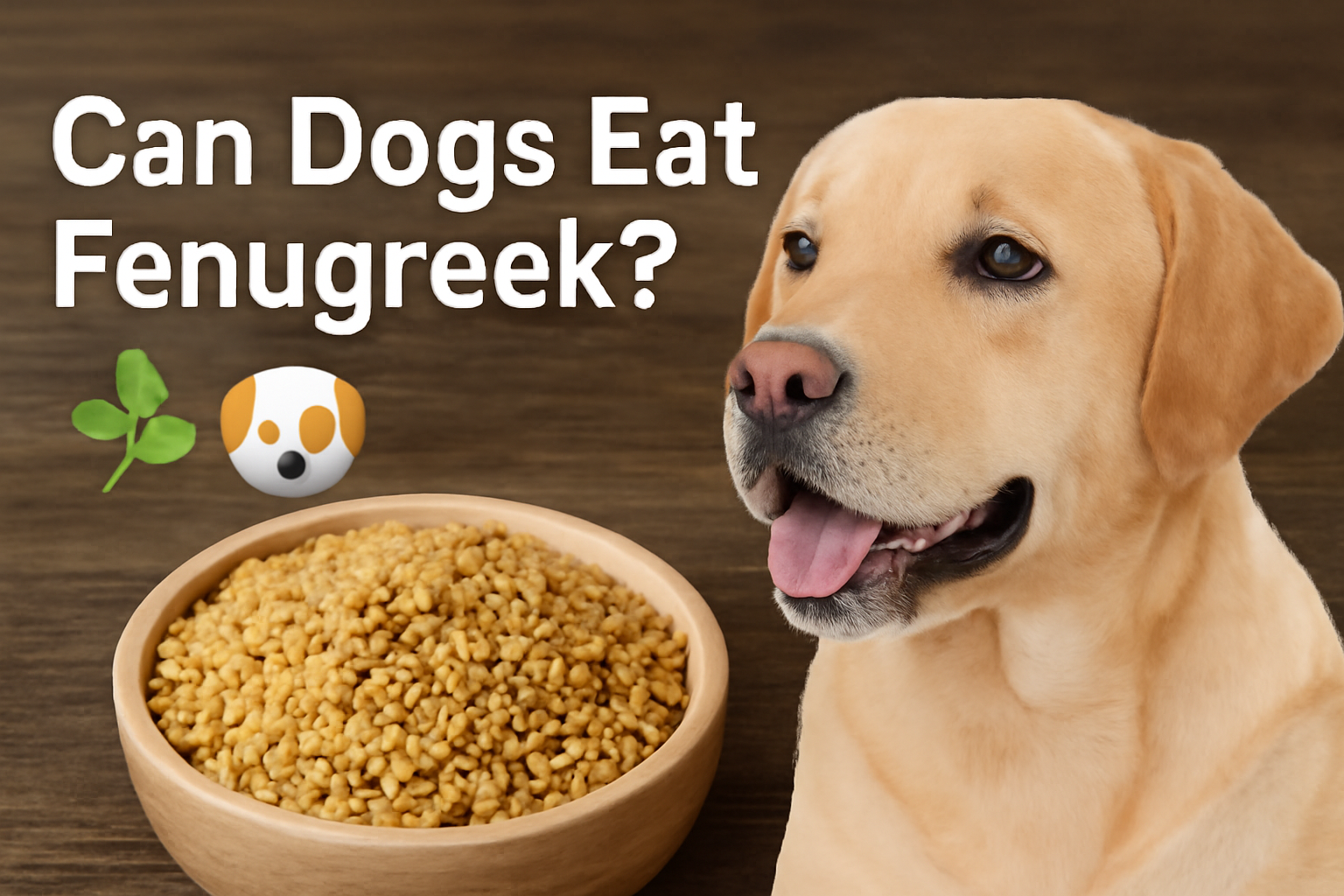Can Dogs Eat Raw Chicken Gizzards? 🐶🍗
Introduction
As a dog parent, you might be interested in giving your furry friend healthy treats, and sometimes that means feeding them parts of animals that we typically don’t eat, like chicken gizzards. 🐕💡 But can dogs eat raw chicken gizzards safely? Is it okay for them to enjoy this part of the chicken, or should it be avoided? 🤔
In this article, we’ll explore the benefits, risks, and guidelines for feeding raw chicken gizzards to your dog. We’ll also break down the nutritional value of chicken gizzards and help you understand whether this food is right for your dog. Plus, we’ll answer some common questions dog owners have about feeding gizzards to their pets. Let’s get started! 🦴
What Are Chicken Gizzards? 🍽️
Before diving into whether dogs can eat them, it’s important to know what chicken gizzards actually are. The gizzard is part of a chicken’s digestive system. It is a muscular organ that helps break down food by grinding it up. Chickens don’t have teeth, so they use their gizzards to mash and crush their food, often with the help of small stones or grit.
In the culinary world, chicken gizzards are considered a delicacy in many cultures. They are often cooked or fried and used in various dishes. But can dogs eat these organs? And should they be raw or cooked? Let’s find out. 🍴
Are Raw Chicken Gizzards Safe for Dogs? 🐕
In moderation, dogs can eat raw chicken gizzards, but there are a few important things to keep in mind to make sure it’s safe for your pet. Here are the benefits and risks:
Benefits of Raw Chicken Gizzards for Dogs 🐾
- Rich in Protein 💪:
Chicken gizzards are packed with protein, which is essential for building muscle, repairing tissues, and supporting overall growth in dogs. Protein is also important for energy. - Low in Fat 🍗:
Gizzards are a lean source of protein, which means they are low in fat compared to other parts of the chicken, like the skin or thighs. This makes them a good option for dogs who need to manage their weight. - Packed with Nutrients 🥕:
Besides protein, chicken gizzards contain other important nutrients, including iron, phosphorus, and zinc, all of which contribute to your dog’s overall health. Zinc, for example, is important for the immune system, while iron helps with oxygen transport in the blood. - Promotes Healthy Teeth 🦷:
Because gizzards are chewy and dense, they can help scrape off plaque from your dog’s teeth, promoting better oral hygiene. They also provide mental stimulation as your dog chews through the meat.
Here’s the nutritional breakdown of 100 grams of raw chicken gizzards:
| Nutrient | Amount per 100g |
|---|---|
| Calories | 94 kcal |
| Protein | 19.8 g |
| Fat | 2.1 g |
| Carbohydrates | 0 g |
| Fiber | 0 g |
| Iron | 2.3 mg |
| Zinc | 2.1 mg |
| Phosphorus | 210 mg |
As you can see, chicken gizzards are rich in protein and contain minimal fat, making them a great treat for your dog.
Risks of Feeding Raw Chicken Gizzards to Dogs ⚠️
Despite the benefits, feeding raw chicken gizzards to your dog comes with risks, especially if they are not prepared or handled correctly. Let’s take a look at some of the risks:
- Bacterial Contamination 🦠:
Raw chicken, including gizzards, may carry harmful bacteria like Salmonella or Campylobacter. These bacteria can cause food poisoning in both dogs and humans. Symptoms of bacterial contamination in dogs include vomiting, diarrhea, and lethargy.- How to Reduce the Risk: If you decide to feed your dog raw chicken gizzards, make sure they are from a reputable source and follow proper food safety guidelines. You can freeze the gizzards for 24-48 hours to kill parasites and bacteria before serving them to your dog.
- Choking Hazard 🚫:
Some dogs, especially small breeds, may have trouble chewing through tough or large pieces of gizzards. Raw gizzards may contain sharp edges or pieces that can pose a choking hazard. It’s important to cut the gizzards into small, manageable pieces before feeding them to your dog. - Parasites 🐛:
Raw meat, including chicken gizzards, can contain parasites such as tapeworms. These parasites can cause health issues in your dog. Freezing raw gizzards helps reduce the risk of parasites, but it is still a concern for some pet owners. - Unbalanced Diet 🍽️:
While chicken gizzards are a nutritious treat, they shouldn’t replace your dog’s regular diet. Dogs need a balanced diet with appropriate amounts of protein, fat, carbohydrates, and fiber. If you give your dog too many gizzards or feed them too often, it could lead to an unbalanced diet.
Should I Cook Chicken Gizzards for My Dog? 🍳
Cooking chicken gizzards for your dog is one way to eliminate the risks associated with feeding raw meat. Cooking them thoroughly kills harmful bacteria, such as Salmonella, making it a safer option for your dog.
Here are some tips for cooking chicken gizzards for your dog:
- Boil or Bake: You can boil or bake the chicken gizzards without adding any seasoning, salt, or spices. Avoid using butter or oil, as these can be harmful to dogs.
- Cut into Small Pieces: After cooking the gizzards, cut them into small pieces to avoid choking.
- Serve in Moderation: Even cooked gizzards should be given in moderation, as part of a balanced diet.
How to Safely Feed Chicken Gizzards to Your Dog 🐕
Here’s how you can safely feed raw chicken gizzards to your dog:
- Buy from Trusted Sources: Ensure the gizzards come from a trusted source that follows proper hygiene standards.
- Freeze Before Feeding: Freeze the gizzards for at least 24 hours to kill bacteria and parasites before feeding them to your dog.
- Wash Your Hands and Equipment: Always wash your hands, utensils, and surfaces after handling raw meat to avoid bacterial contamination.
- Portion Control: Give your dog small amounts of gizzards as part of a balanced diet, and not as a daily treat.
- Supervise: Watch your dog while they eat the gizzards to ensure they are chewing properly and not swallowing large pieces.
Safer Alternatives to Chicken Gizzards 🥕🍗
If you’re concerned about feeding raw chicken gizzards, there are many safe and healthy alternatives to consider:
- Carrots 🥕: Carrots are low in calories and full of vitamins, and they help with your dog’s dental health.
- Sweet Potatoes 🍠: Sweet potatoes are rich in fiber and antioxidants and make a great treat for dogs.
- Chicken Breasts 🍗: Skinless, boneless chicken breast is a lean protein source and can be cooked safely for dogs.
- Pumpkin 🎃: Pumpkin is great for digestion and is a tasty, safe treat for dogs.
Frequently Asked Questions (FAQ) ❓
1. Can dogs eat cooked chicken gizzards?
Yes, cooked chicken gizzards are safe for dogs as long as they are free from seasonings and spices. Boil or bake them and cut them into small pieces to avoid choking hazards.
2. Can raw chicken gizzards cause food poisoning in dogs?
Yes, raw chicken gizzards can carry harmful bacteria like Salmonella and Campylobacter, which can cause food poisoning in dogs. Freezing the gizzards and handling them properly can reduce the risk.
3. How often can I feed my dog chicken gizzards?
Chicken gizzards should be given to dogs in moderation as part of a balanced diet. They should not replace your dog’s main meals and should be considered an occasional treat.
4. Are chicken gizzards good for dogs’ teeth?
Yes, the chewy texture of chicken gizzards can help clean your dog’s teeth by scraping off plaque and tartar. However, they should not be relied upon as the only method for dental care.
5. Can I feed chicken gizzards to my puppy?
Puppies can eat chicken gizzards, but because of their smaller size, it’s important to cut the gizzards into very small pieces to prevent choking. Always monitor them while they eat.
Conclusion
Chicken gizzards can be a healthy and tasty treat for dogs when fed properly and in moderation. They are a great source of protein, vitamins, and minerals that can benefit your dog’s health. However, it’s important to be cautious about the risks of bacterial contamination, choking, and unbalanced nutrition.
If you choose to feed raw chicken gizzards, make sure to handle them safely by freezing them first and cutting them into small pieces. If you’re unsure, cooking the gizzards is a safer option. Always consult with your veterinarian before introducing any new food to your dog’s diet to ensure it’s right for them.
By feeding your dog healthy treats in moderation, you’ll be able to keep them happy and healthy! 🐕💚




